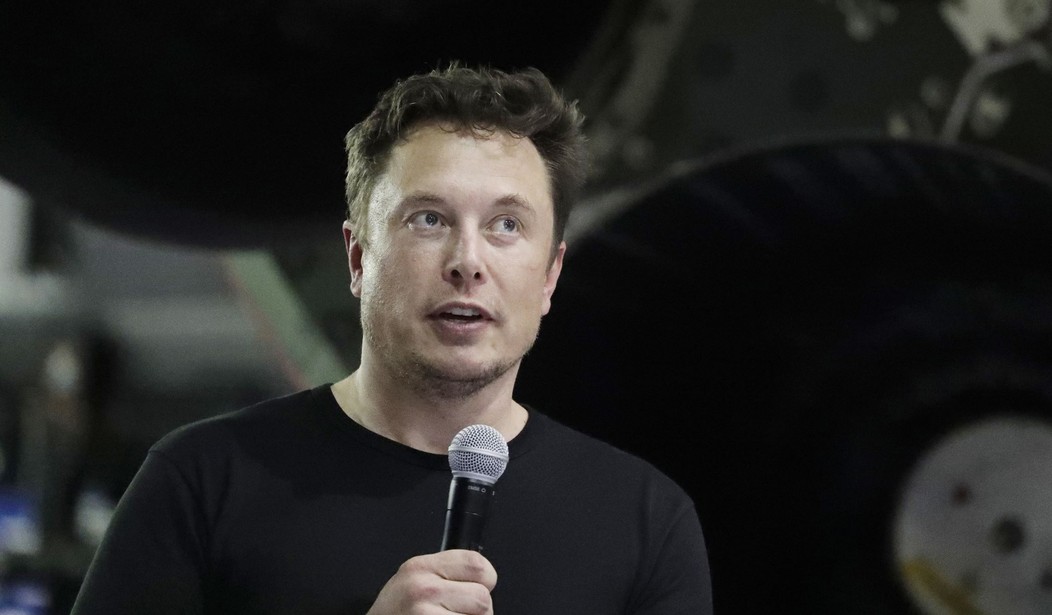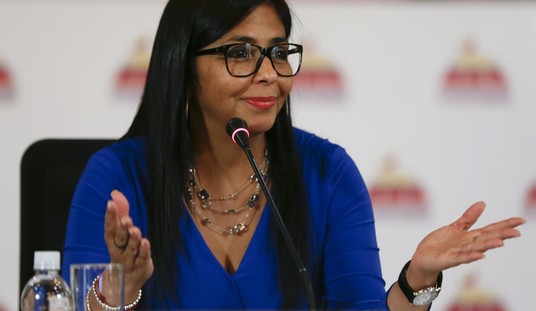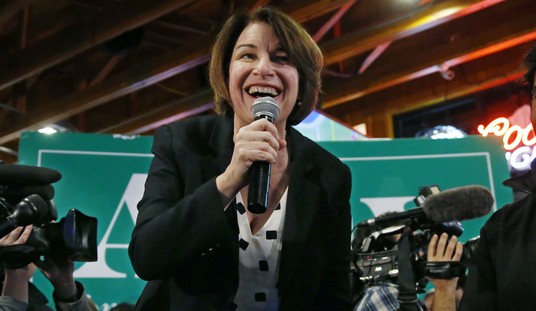We previously wrote about Big Tech giant Twitter getting both good and bad news on its lawsuit against Tesla CEO Elon Musk for dropping his bid to purchase the company in July. Sure, a judge had agreed with Twitter that a delay in starting the case until next February–as Musk wanted–wasn’t going to happen, with the proceedings now starting in early October. But the company also got the bad news that the “uncertainty” of the incomplete deal has shaken investor confidence, causing Twitter to post major losses to its bottom line.
Now, the Musk legal team has officially responded to Twitter’s suit “to force him to complete their $44 billion acquisition deal” — and it’s more bad news.
In the answer to Twitter’s complaint, which includes counter-claims against the company, Musk’s team attempts to refute the company’s allegations that the Tesla CEO is unjustly trying to exit the deal. His team repeats allegations that Twitter has misstated the number of fake and spam bot accounts on its platform — a central charge Musk has made to justify terminating the acquisition agreement after originally citing a desire to “defeat the spam bots” as a reason for buying the company.Musk’s response, which was filed publicly on Friday, states that the billionaire’s team conducted an analysis of fake and spam accounts on the platform using data provided by Twitter’s “firehose” of tweets and a public tool called Botometer created by researchers at the University of Indiana. It did not further detail the process of that evaluation and added that its analysis was “constrained” by a lack of time and information from Twitter.
What did Musk’s analysis find? He says the data shows there are twice as many spam bots as Twitter claims there are: [emphasis mine]
Based on that analysis, Musk alleges that during the first week of July, spam bots accounted for 33% of visible accounts on the platform and about 10% of Twitter’s monetizable daily active users, or mDAU. (Twitter, for its part, has consistently reported that spam and fake bot accounts make up less than 5% of its mDAU.)
Musk also writes that Twitter still hasn’t given his team the full information they need to analyze “the methodology it follows to determine its mDAU count,” among other data needed to figure out the company’s value to potential advertisers. And execs might have an incentive not to help clarify things:
“Twitter also does not publish the methodology it follows to determine its mDAU count, or how it excludes nonmonetizable accounts from that metric,” Musk’s answer states. “Thus, it is extremely difficult for any third party to completely recreate Twitter’s mDAU calculations.”
Musk’s answer alleges Twitter leadership has incentives to report “high mDAU numbers to stoke investor interest” and because its executive compensation structure is based partly on mDAU.
For its part, Twitter tried to say that it doesn’t use the data that way:
Twitter said in its response to Musk’s counterclaims that its mDAU count has never purported to show how many users generate significant revenue by interacting with ads, but rather shows the number of real users who could be monetized by being shown ads. It also noted that Musk’s mDAU-related claims were not included in his initial termination filing and “are a newly invented litigating position.”
The company also continues to claim that the issue of bots is not, and has never been, germane to the completion of the acquisition deal. “Musk has received massive amounts of information from Twitter, for months, and has been unable to find a valid excuse to back out of the contract,” Twitter’s response states.
This looks like a tangled mess, and we’ll have to see where things go starting in October.














Join the conversation as a VIP Member